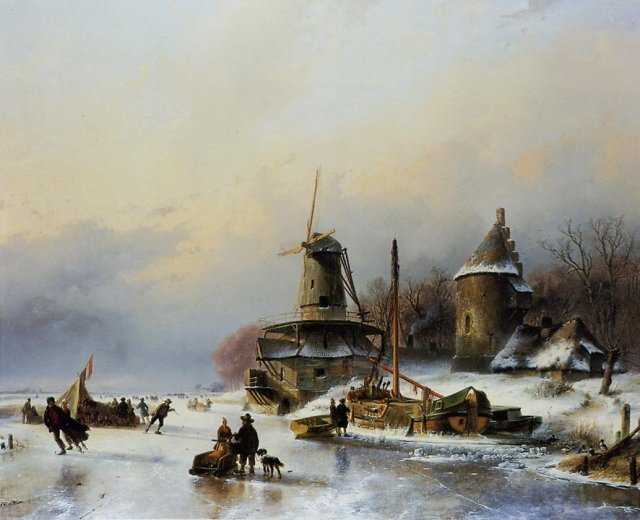I first came across the artist I am featuring in this blog through his famous English pupil, L.S.Lowry. Today I want to explore the beautiful and very different paintings of the French artist Pierre Adolphe Valette.
Valette was born on October 13th 1876 in the family home on the rue de Roanne in the east-central French industrial town of Saint Etienne, some sixty kilometres south-west of the city of Lyon. Saint-Etienne was a vibrant industrial centre similar to the English city of Manchester which would later become a home to Valette. Valette’s father, Ferdinand, who was born close by in 1846, worked as an armourer at the firm of Claude Brondel and he and the family could be socially termed middle-class and were financially well-to-do. In 1872, Adolphe’s father Ferdinand, when he was twenty-six, had married his wife, Madeleine, a dressmaker, an occupation she soon relinquished after marriage.
Ferdinand and Madeleine had their first child, a son, Ferdinand Claude Marie in January 1873. Their second child, Antoine Emile Edouard soon followed in September 1874 and the third child Pierre Adolphe, the subject of this blog, arrived in 1876. The family was completed in June 1881 with the birth of their fourth child, and their only daughter, Marguerite Aglaée Nathalie. She was born with a slight mental and physical handicap and was looked after for forty-seven years by her mother.
Adolphe Valette was brought up in St Etienne and like all the locals had to put up with the cold, damp and smog of the industrial pollution of this industrialised town. The first French railway had arrived at St Etienne with its horse-drawn wagons in 1832 and twelve years later steam locomotives took their place. Adolphe was enrolled by his father at the Ecole Régionale des Arts Industriels where he studied engraving. It was a school, which as the name suggests, stressed the interaction between industry and the arts. His father had hoped that Adolphe would learn all about metal engraving which could be used in the armoury sector, such as the engraving on weapons. His studies also encompassed history and anatomy. Valette received art tuition at Ecole Régionale des Arts Industriels from Jean Dablin, who was later become the founder of the Société des Arts du Forez’ of which Valette would become a member. Adolphe Valette was influenced by Dablin’s choice of subjects such as works featuring industrial landscapes and coal mines.
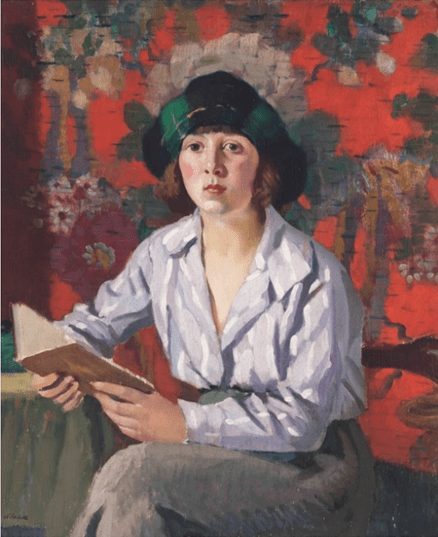
It has not been documented as to why Valette decided to leave St Etienne and move to Lyon. It maybe he had exhausted the subject matter for his paintings or that he wanted to establish himself as an artist in the city of Lyon. He worked hard in Lyon. He worked as an engraver during the day and spent the evenings painting. He attended evening art classes in the city and from September 1895 he was a student at the Ecole Municipale de Dessin de la Guillotière. Whilst there he received numerous accolades for his work, receiving a silver medal for figure drawing and in the academic year of 1895/6 he came top of the class. The following year, in a sketching competition, he received first prize, a rappel de médaille de Vermeil. His consistency of performing well at the college demonstrated Valette’s artistic talent
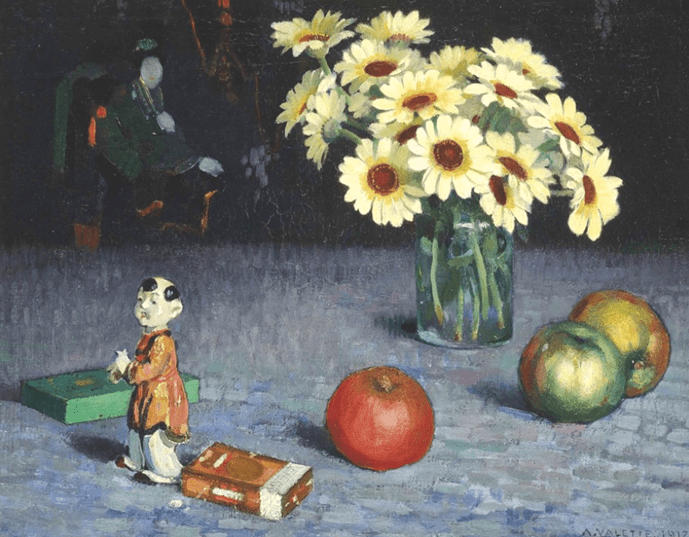
More and more awards came Valette’s way during his period at the Lyon academy. Valette eventually left Lyon and travelled to Bordeaux. Nobody has given a reason for this move as surely for a blossoming artist, Paris would have been the logical destination. The Paris art scene was booming with the acceptance of the Impressionist movement. Artists like Monet, Pissarro, Degas and Morisot were all selling their works.

Although Bordeaux was away from the great Impressionist upheavals seen in the French capital there was an influx of Impressionism by way of Pierre Cazaubon and the British painter, Bordeaux-born, Alfred Smith, whose father was of Welsh origin and whose mother was from Bordeaux. This painting above by Smith may be termed gloomy while others assert that it is atmospheric but as you will see later, Valette must have admired the work as it would influence his many works depicting the city of Manchester. Smith painted a series of works focused on views of European cities with pedestrian plying their way down wide boulevards with depictions of local transport such as cabs and trains. They were true chronicles of everyday city life and Pierre Valette would complete similar works of the northern English city of Manchester in the early decades of the twentieth century.

Valette settled down well in Bordeaux and managed to get a job as an engraver and a professional draughtsman. He also enrolled at the Ecole Municipale des Beaux-Arts et des Arts Décoratif, a very prestigious academy. As before he did well at the academy and gained many prizes for his drawings and paintings. One of his tutors at the Academy was Paul-François Quinsac, a painter of the French School known as Academic art, a specialist in mythological and allegorical subjects, figures and landscapes. He was also a fashionable portrait painter loved by the Bordeaux upper classes. Valette was also tutored by Charles Braquehaye in the art of drawing from a live model. Valette continued to do well at the Academy. The Academy gave out a number of scholarships to its best students so that they could support themselves whilst studying. One of the most important scholarships was the Poirson scholarship named after Auguste Poirson who funded the award and bequeathed his vast collection of paintings to the Musée des Beaux-Arts de Bordeaux.
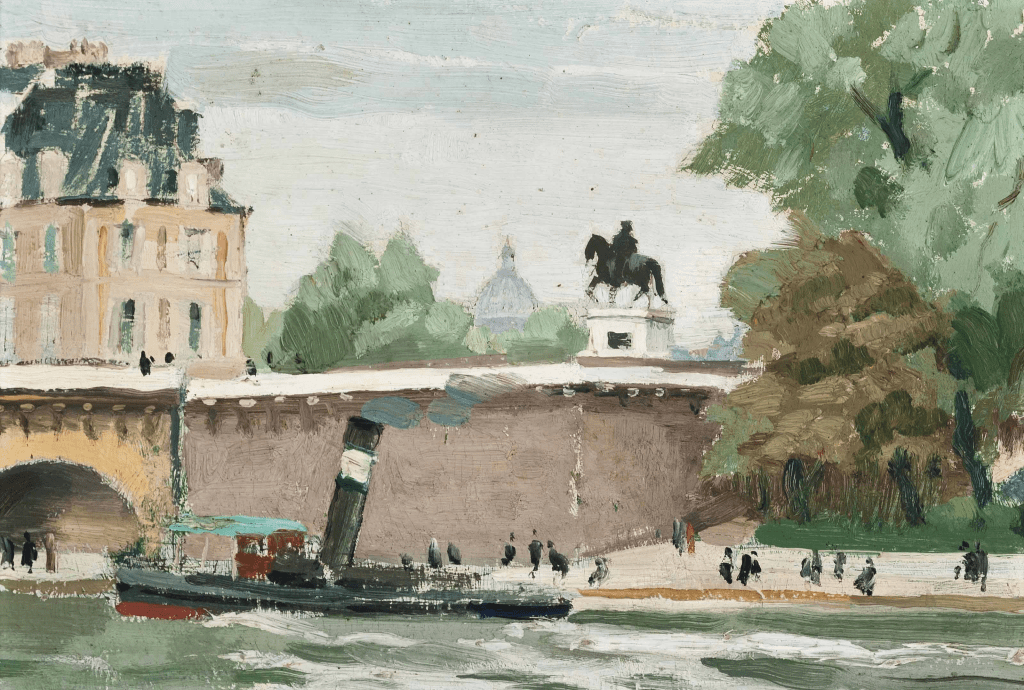
In 1903 Valette was awarded the scholarship, worth 400 Francs. The money was to fund a trip to Japan to study Japanese art and prints and how it interacted with French Impressionism. The four hundred franc award was not quite enough to fund the study trip but the Poirson scholarship administrators were told that Valette would fund the shortfall. Little is known as to what happened next, except to say that Valette left the Academy that year, 1903, and because he could not raise the extra money for the trip to Japan, the scholarship money was never handed over to Valette. That must have hurt but he was still determined to seek wider horizons in his search for a way to improve his artistic skills. One may have thought Paris would be his destination but instead, he decided to travel to England. Why England? Maybe it was the fact that in 1904, England and France had just jointly signed the Entente Cordiale, a series of formal political agreements that negotiated peace between England and France and there was a burgeoning admiration between the well-to-do of each nation. It was also true that many French artists, such as Monet and Pissarro, because of the 1870-71 Franco-Prussian war, had travelled to England to study the works of Constable and Turner.
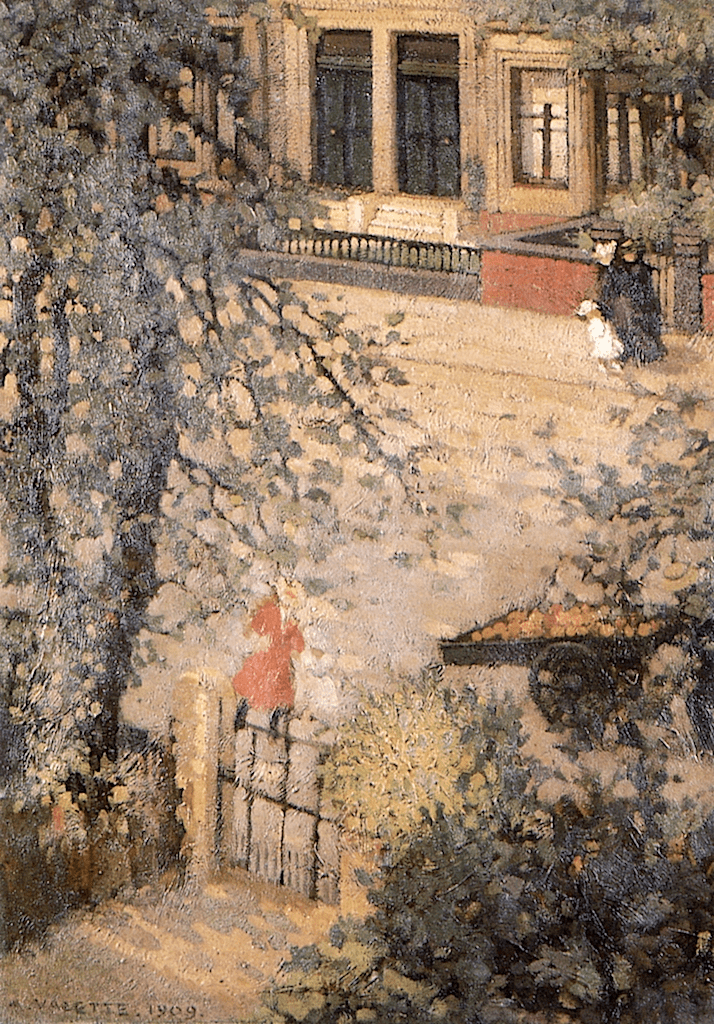
Having arrived in England in 1904 Valette enrolled on courses at the School of Art at Birkbeck College, London in April 1905. However, his stay there was very short and he left the English capital and travelled north to Manchester. It is thought that Valette went to Manchester with the intention to find work as an engraver and as an artist in a connection with this industrial north-west city. Valette was not disappointed as he quickly found work at the Norbury, Natzio printing company and secured lodgings at Plymouth Grove in Victoria Park, Manchester. The company was all about general and colour printing which at the time was ground-breaking technology. The company specialised in posters and trade publicity. Whilst there, Valette produced the company’s trade calendars which were exquisite and refined works, a sort of Japanese-style art.

Besides working at the printing company, twenty-eight-year-old Valette enrolled as a student at the Manchester Municipal School of Art in 1905. There were five hundred students enrolled at the school. Half attending day courses whilst the other half attended evening classes. Valette, who had a full time job, enrolled in the life drawing and engraving evening classes. The future famous English artist LS Lowry enrolled at the Manchester school the same year as Valette but he had to start in the preparatory classes whereas, because of his experience in art, Valette entered the higher classes of the school.
Valette proved himself to be an exceptional student, so much so that the head of the academy, Richard Glazier, suggested that Valette should apply for the post of Master of Painting and Drawing. Glazier probably liked the idea of having a proven French artist on his staff as this would an international flavour to the academy. Valette applied and in March 1906 he was awarded the post at annual salary of two hundred and twenty-five pounds. One of Valette’s conditions when he accepted the post that he would be a “hands-on” tutor and would be able to paint alongside his students. This was a French teaching style, painting by demonstration, and this was new to the United Kingdom. Valette’s knowledge of the French Impressionism movement and what was happening in the French studios allowed him to breathe fresh life into the teaching of art and, at the same time, circumvent the stuffy academic way of teaching the subject. The director and secretary for the Manchester School of Art when Valette enrolled was John Henry Reynolds and in 1919 Valette completed a portrait of the man.
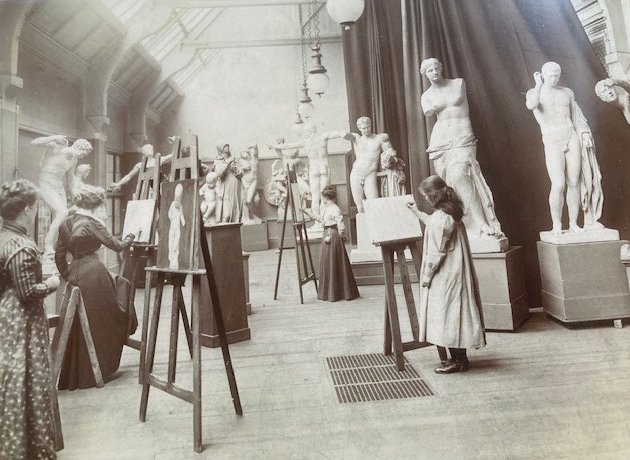
The famous English painter, L.S.Lowry, or to give him his full name, Laurence Stephen Lowry, enrolled in the evening classes at the Manchester Municipal School of Art in 1905 at the age of seventeen. A few years on Lowry took part in the Drawing from Antiques course. The School had a large hall containing many Renaissance classical statues of male and female nudes which gave the students the opportunity to learn and produce drawings of the classical poses. Lowry produced a number of sketches which Valette appreciated and found the time to convince Lowry to continue with his art studies. Lowry expressed great admiration for Valette, who taught him new techniques and showed him the potential of the urban landscape as a subject. Of Valette Lowry described him as “a real teacher … a dedicated teacher”, and added:
“I cannot over-estimate the effect on me of the coming into this drab city of Adolphe Valette, full of French impressionists, aware of everything that was going on in Paris…”
What drew me to the artwork of Valette was his impressionist style paintings depicting urban scenes of Manchester often depicting its canals swathed in a smog-filled haze over the lights and dark ironwork of the industrial city. His painting, His Manchester Ship Canal painting, depicted the barges on the canal and managed to capture the ever-changing effects of light, cloud and movement outdoors.

Valette’s 1910 painting entitled Albert Square is an atmospheric, smog-filled view of one of Manchester’s main squares. We are viewing it from the southwest side and in the foreground we observe the dark figure of a man, wearing a cloth cap and knee-length coat. He is plying his trade, pushing a handcart, his figure silhouetted against the wet cobbles. In the mid-ground we see a parked a hansom cab beneath the statue of Gladstone. The horse feeds from a nose-bag as the driver manages to take a breather. To the left of the scene, a group of figures congregate around a motorcar parked beneath the Albert Memorial and the statue of Oliver Heywood can be seen to the right.
Valette’s 1912 painting, India House, depicts a secluded view, looking down the River Medlock in Manchester, as viewed from Oxford Bridge and looking in the direction of India House, the large office building which is situated on Whitworth Street. The upper part of the painting is a framed view of an archway belonging to the railway viaduct spanning Oxford Road. At the centre of the work our eyes strain to see, through the haze, the materialising form of India House, with its numerous lit up windows reflected in the water below. On the left of the painting is what used to be the Refuge Assurance building which would later become the Palace Hotel. On the river we can see two flat barges.

In 1913, Valette completed his painting entitled York Street leading to Charles Street, Manchester. It is a typical Valette style work featuring a smog-ridden industrial scene, depicting York Street, Manchester, and looking towards an arched railway bridge spanning the street, over which we can see a steam train crossing. In the right foreground we see two labourers shovelling a pile of coal on the road and to the right, a single motor car drives along the road to the left. The pavements are full of people. All around are tall blackened buildings each emitting tiny lights which struggle to penetrate the smoggy atmosphere.
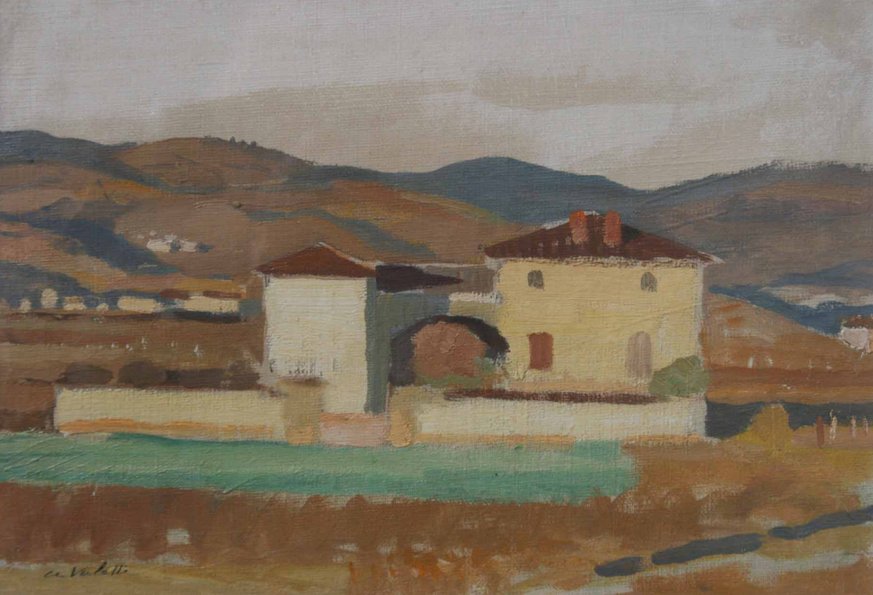
In 1920 Valette resigned from the Manchester Municipal School of Art owing to ill health but remained in Lancashire for eight more years, during which time he was involved in private art tuition. In 1928 he returned to Paris, and later moved to Blacé en Beaujolais, where he painted portraits and country landscapes. He died there on April 18th, 1942, aged 65.
Although his work contained many colourful landscape scenes and a large number of beautifully crafted portraits. I will always think of Pierre Adolphe Valette as the artist who depicted the smog-filled urban depictions of Manchester.






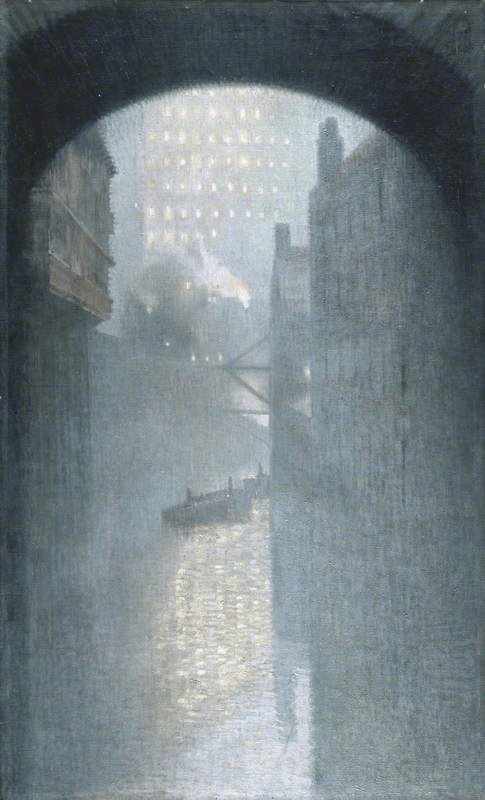




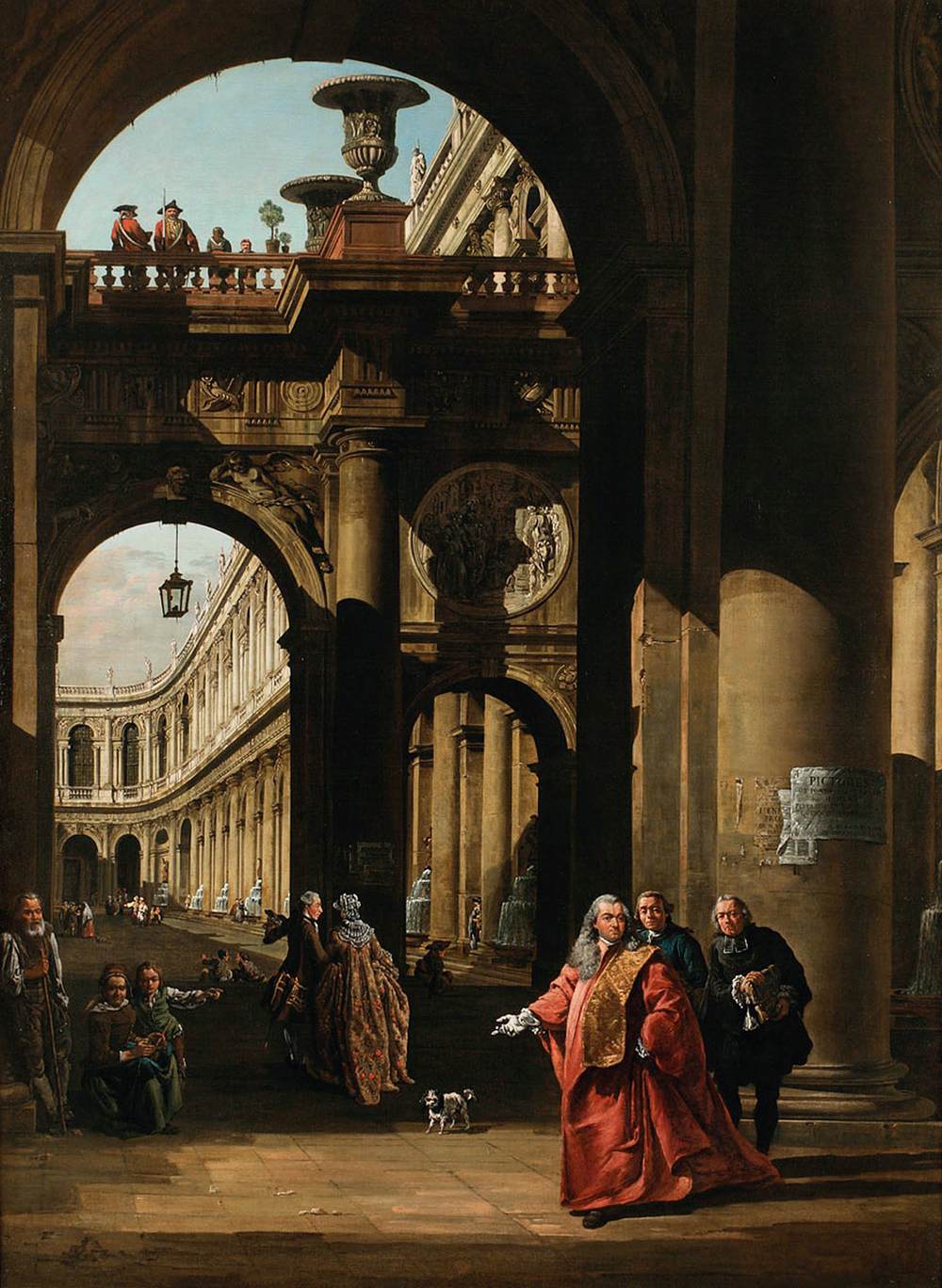


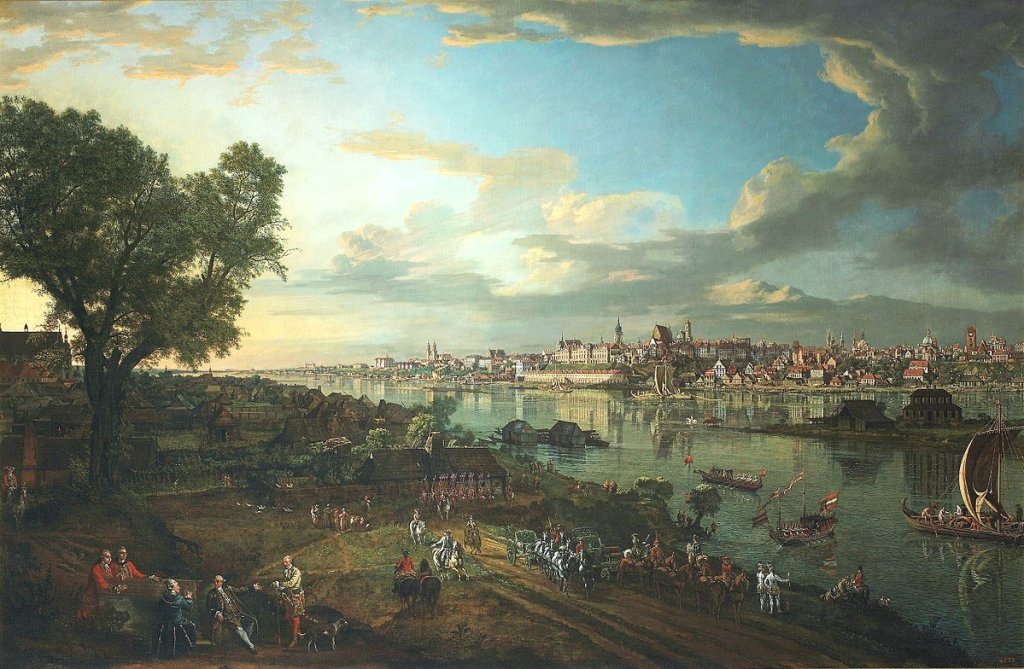
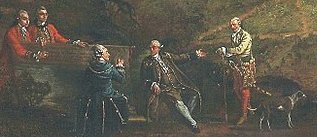

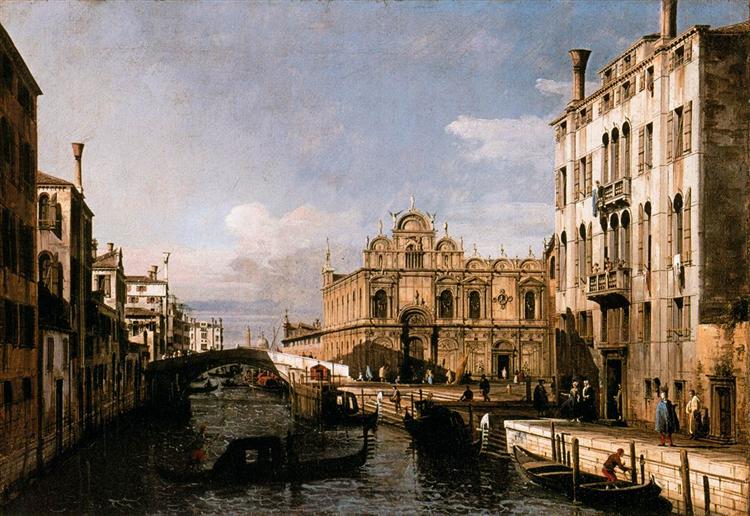
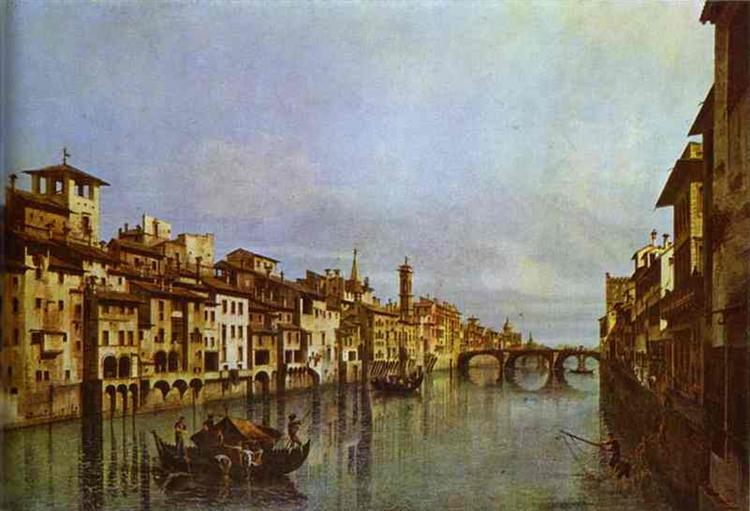



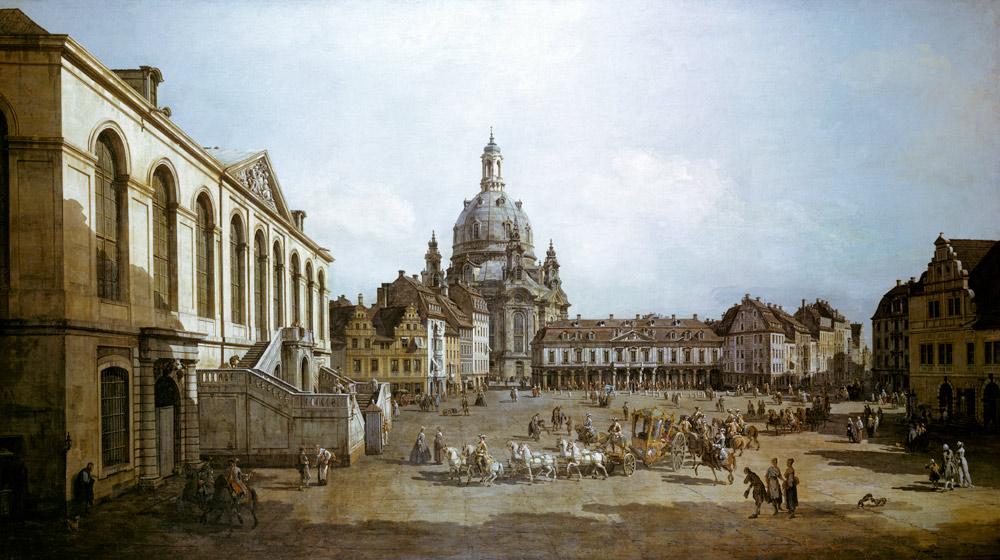
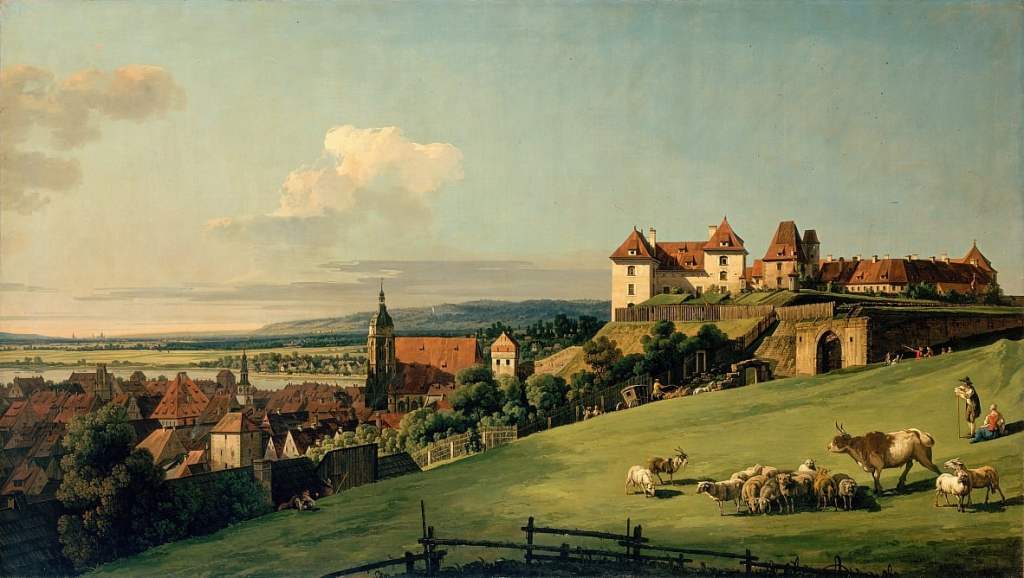




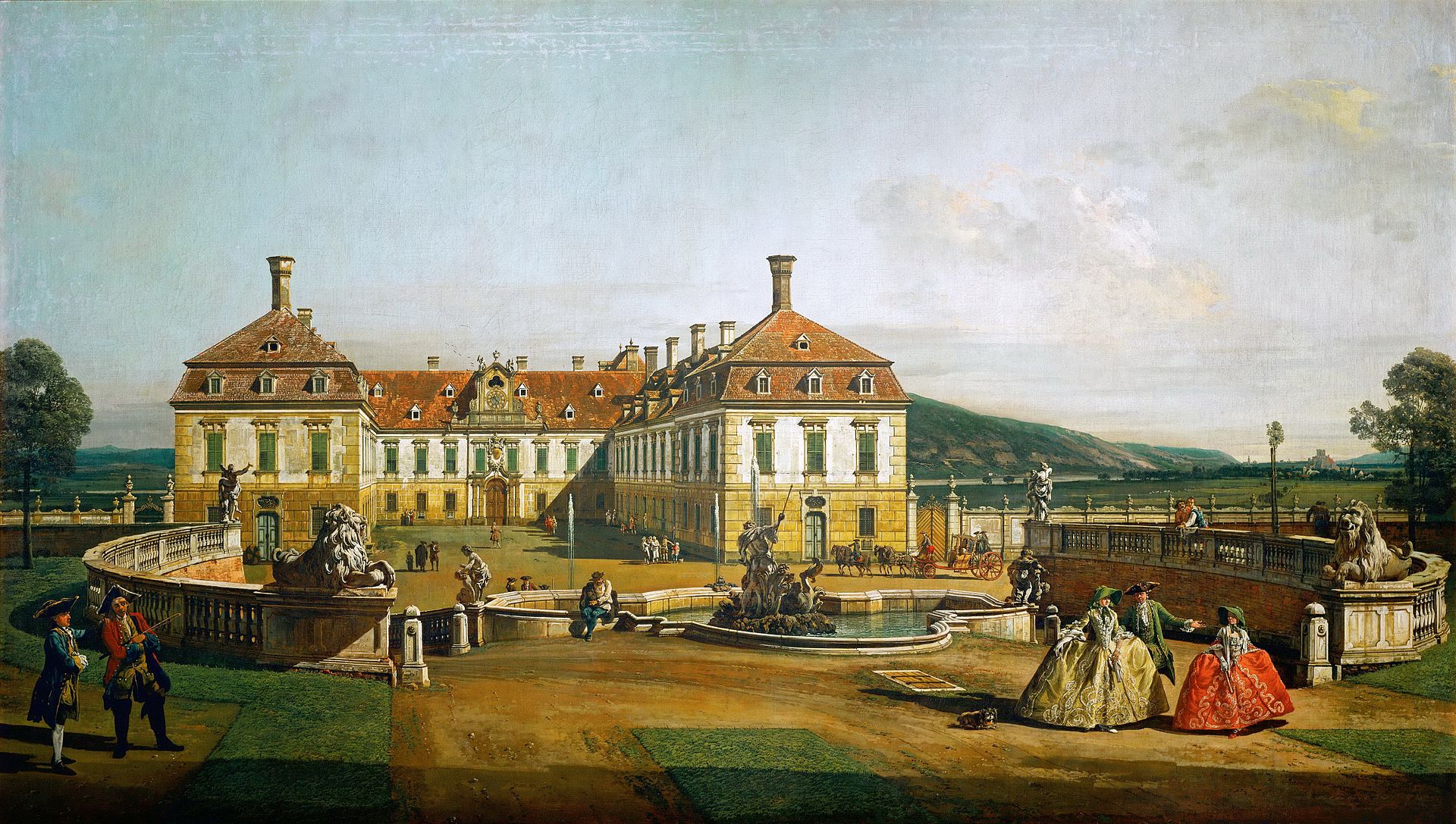





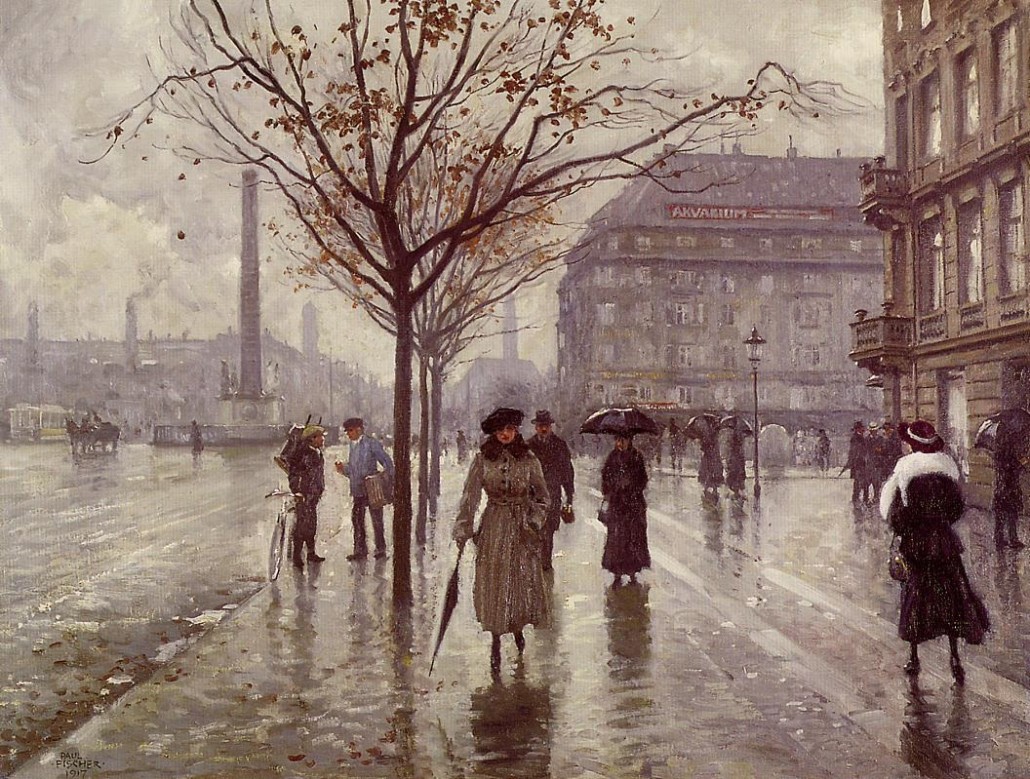
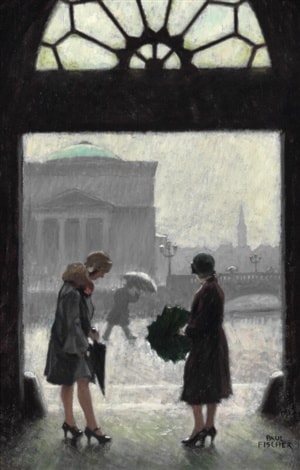
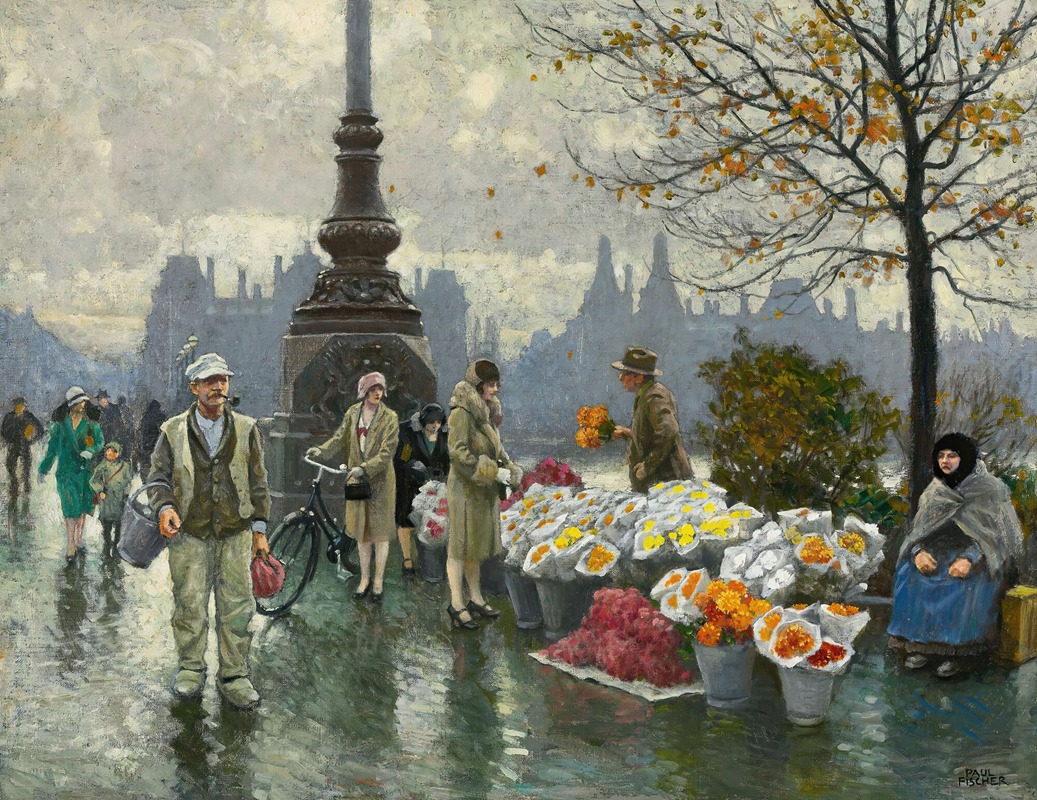






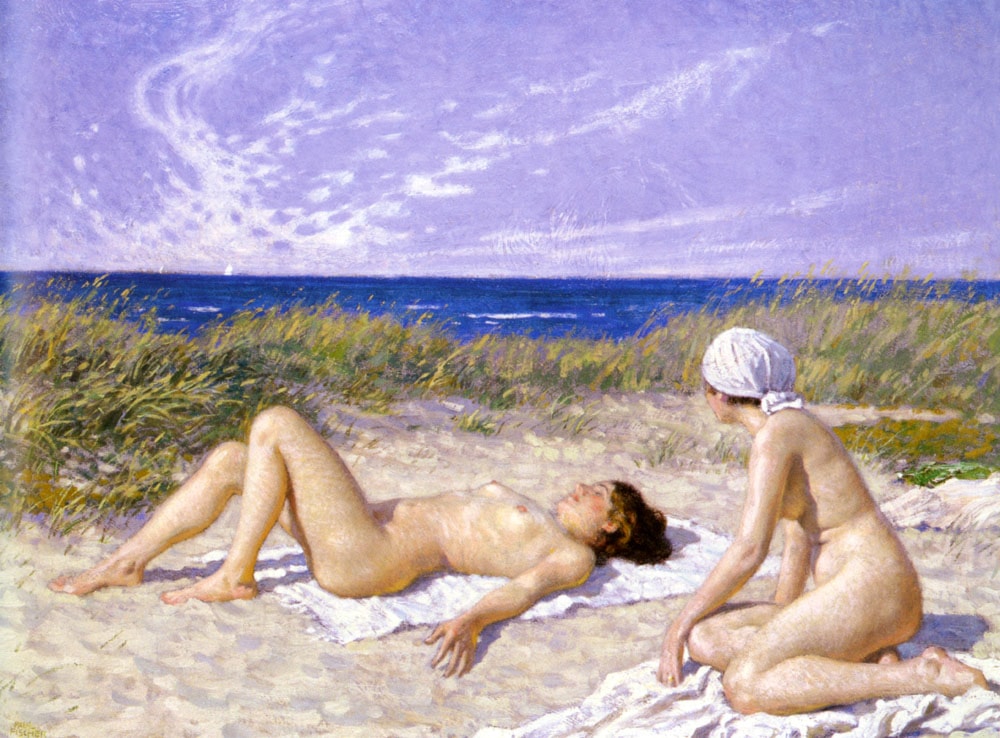
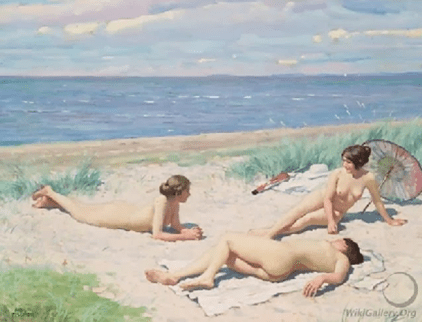
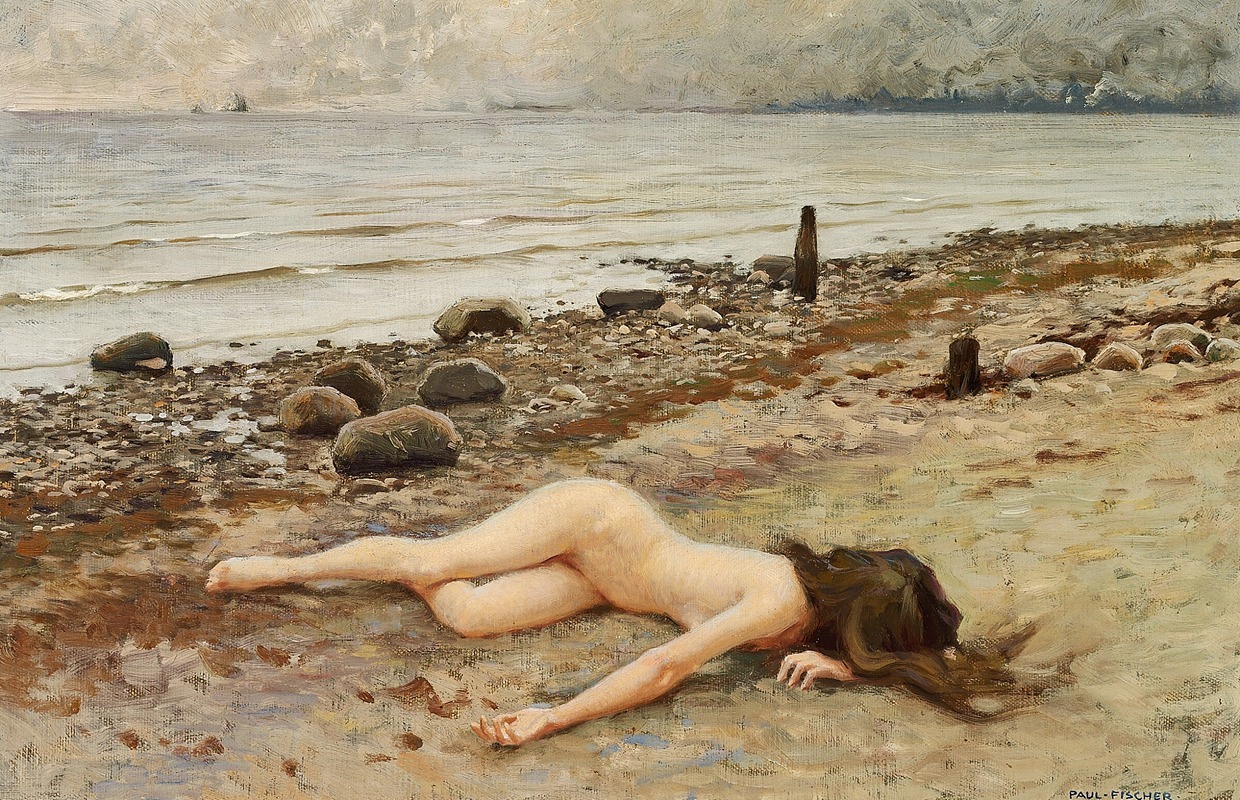

.jpg?mode=max)
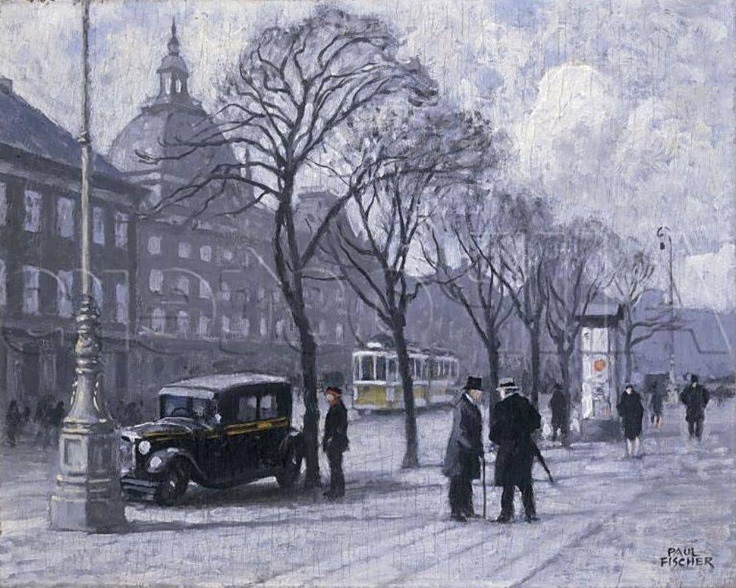

.jpg)
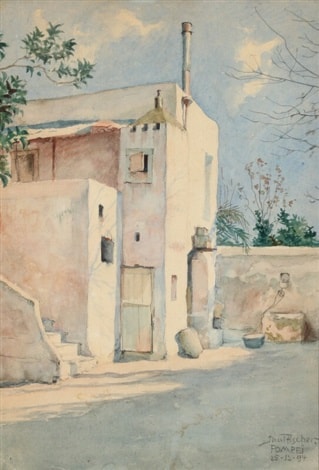
























 Curinier in his 1899 Dictionnaire National Des Contemporains (National dictionary of present-day people) wrote of Luigi Loir:
Curinier in his 1899 Dictionnaire National Des Contemporains (National dictionary of present-day people) wrote of Luigi Loir:







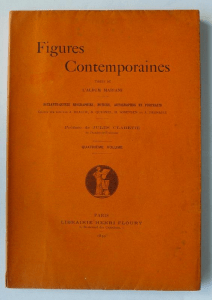 In one of the volumes of Figures Contemporaines: Tirées De L’album Mariani, illustrated biographies of famous contemporary characters from 1894 to 1925, Luigi Loir’s relationship with Paris as depicted in his art was explained:
In one of the volumes of Figures Contemporaines: Tirées De L’album Mariani, illustrated biographies of famous contemporary characters from 1894 to 1925, Luigi Loir’s relationship with Paris as depicted in his art was explained:




























